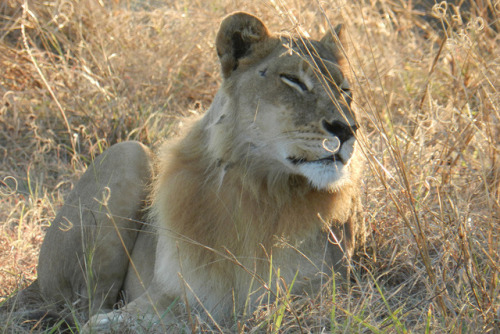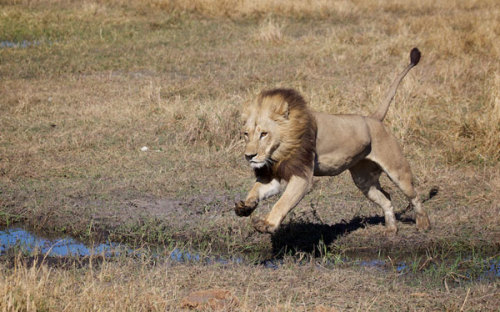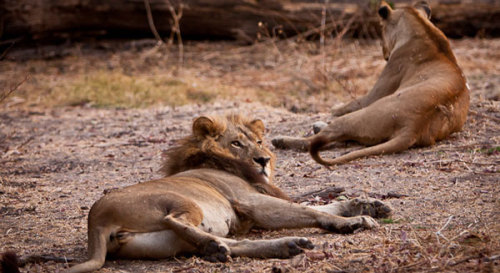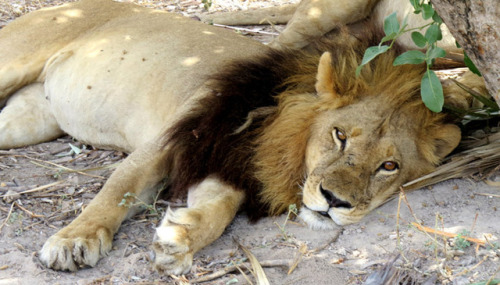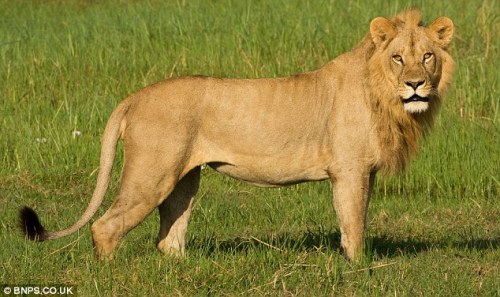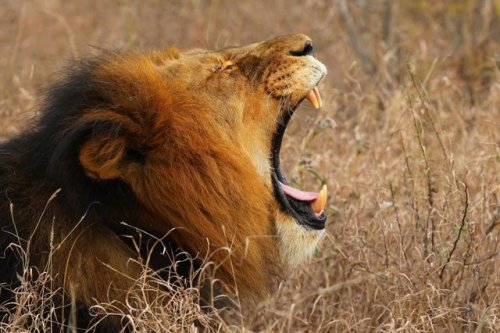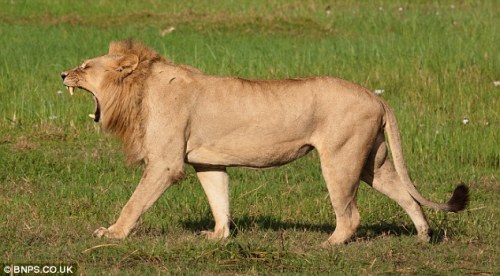ainawgsd:Though uncommon, maned lionesses have been regularly sighted in the Mombo area of Botswana‘
ainawgsd:Though uncommon, maned lionesses have been regularly sighted in the Mombo area of Botswana‘s Okavango Delta (including the individual pictured below), where the lion population may carry a genetic disposition toward the phenomenon, according to Luke Hunter, president of the big-cat conservation group Panthera, which collaborates with National Geographic’s Big Cats Initiative. Such masculine females likely occur when the embryo is disrupted, either at conception or while in the womb, he said by email. “If the former case, the genetic contribution of the sperm—which determines the sex of the fetus in most mammals—was probably aberrant, giving rise to a female with some male characteristics. Alternatively and perhaps more likely, the problem may have occurred during gestation if the fetus was exposed to increased levels of androgens— male hormones such as testosterone.”If a lion mother had abnormally high androgens during pregnancy, her female offspring may end up “masculinized”—a situation that occurs occasionally in people but which is rarely observed in wild animals. Whatever the case, such lionesses would likely be infertile but otherwise “perfectly capable” of surviving, Hunter noted. In fact, their manes may actually be a boon to the pride—for instance, if the female is perceived as a male, she may better defend kills from hyenas or the pride from attacks by foreign males. Keep reading -- source link
Tumblr Blog : ainawgsd.tumblr.com
